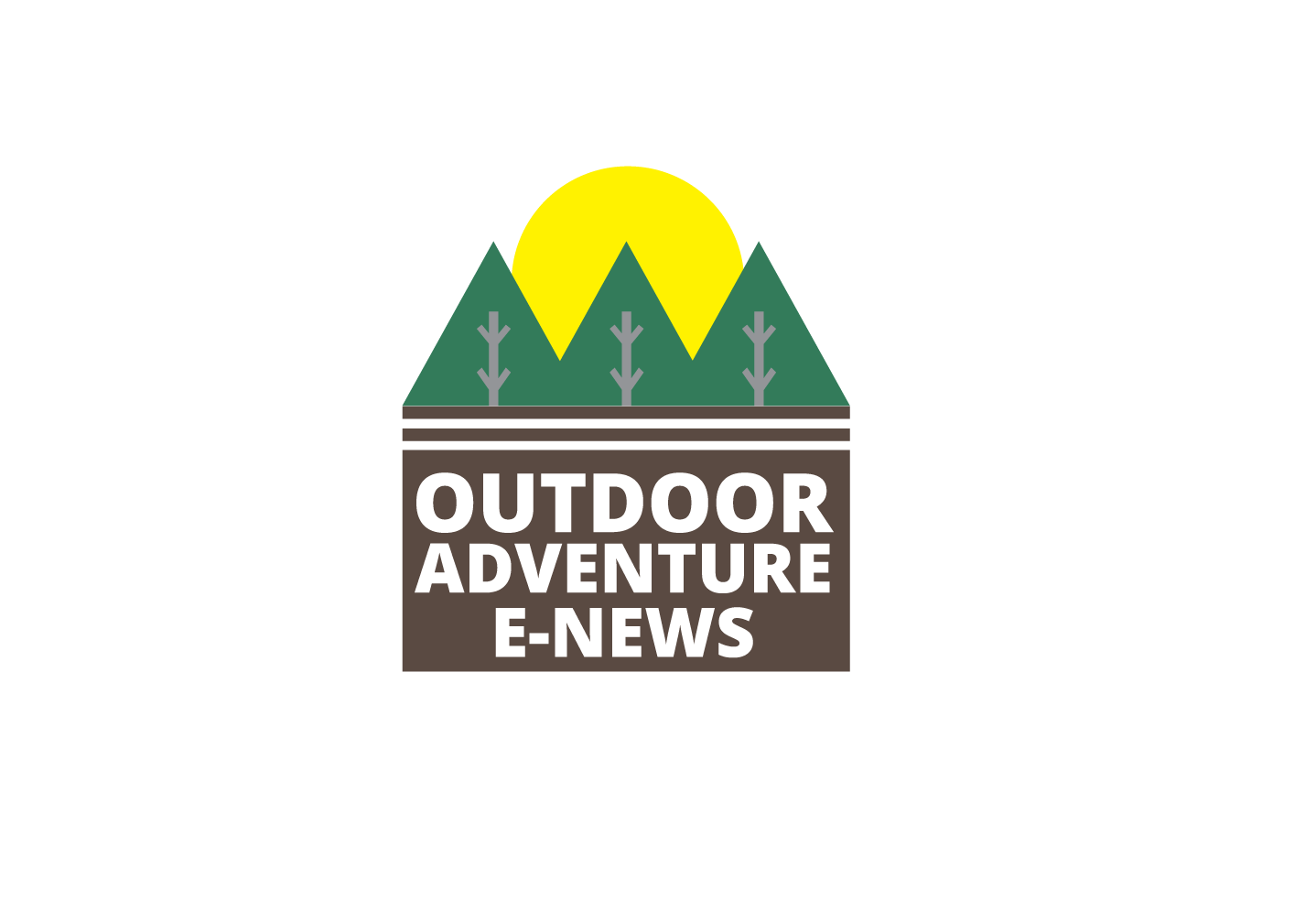Vreugdevoetjies (Happy Feet) crèche located near Oudtshoorn in the Klein Karoo region of the Western Cape were given a donation of clothing valued in thousands of Rand.
The eight bow hunters included Anders Gejer, president of the European Hunters’ Association, Bengt Georen, Magnus Johannson and his son Anton (8), Olof Reinhammer ,Tony Enatios, Gert Lindahl, Erland Holst and Nicklas Guttmann.
“This group consisted more or less of the same people who went on my first bow hunt at Thabazimbi in the Limpopo province in the northern parts of the country in 2002,” said Danie. “Incidentally, the same group plus two more hunters again formed part of my first bow hunt near Oudtshoorn in the Klein Karoo region of the Western Province – what a wonderful coincidence!”
Danie established Western Cape Game in the Oudtshoorn area in 2015. “Many Bow hunters are not interested in hunting with a rifle rather they focus on tracking skills as the shot has to be much closer instead of a longer distance kill. Many bow hunters aren't interested in record book entries, though some are. Some bow hunters see the hunt as a test in skills, such as tracking or waiting patiently for the animal to approach.”
Explaining the typical African bowhunt, Danie said: “These hunters don’t shoot at long distances as some rifle hunters do, but instead approach the animal with great stealth on foot to within 20 to 30 metres to get a clear shot. “Sometimes they have to wait in a blind for hours to get the perfect shot. As with all ethical hunters the goal is to make sure no animals suffer unduly.
“An advantage of bow hunting is that it doesn't spook other game on the farm. In addition, mostly older and redundant animals, which are not essential to the breeding of a healthy and sustainable herd, can be removed without stress to the rest of the herd.” As always in Africa there is no waste, the meat of the hunted animals is donated to the local community.
The visitors were very moved by the tourism in Klein Karoo. “Although the group was very focused on hunting, we took a day off to show them the natural and manmade wonders of the area,” says Danie. “They were impressed with the natural beauty of the area and two have already made reservations to return with their families next year. They want to return for a relaxed holiday with their spouse and children and do some bow hunting. Since we moved to the Western Cape we focus on creating safe and enjoyable holidays for the whole family.”
Natural resources in the area are abundant resulting in year round vegetation and numerous species available for hunting. Also abundant are natural beauty by way of the Cango caves formed by water dripping through limestone. The area is also in the Cape Floristic Kingdom, one of only eight worldwide.
The hunters took a visit to an ostrich farm which provided the opportunity to learn more about these birds bred for eggs, feathers, skin and meat. To provide context, one Ostrich egg is the equivalent of 24 chicken eggs! Their feathers are washed and dyed before exporting while the the tanned leather is exported to fashion capitals around the world. Their meat is then processed and also exported to Europe. Eating locally means tourists can the ostrich meat prepared by local chefs.
All over Oudtshoorn, visitors can see breathtaking views and natural sites. Taking a circular route over the Swartberg (Black Mountain), takes you to the town of Prince Albert (named after the British Prince Albert who visited the town in 1845), then back through the spectacular Meiringspoort to the village of De Rust, before returning to Oudtshoorn, the biggest town of the Klein Karoo.
A secondary circular route that’s more extended takes visitors along the Red Stone Hills towards Uniondale and the Langloof. From Uniondale an adventuresome traveler can continue along the Prince Alfred Pass towards the seaside town of Knysna, once the hub of export of indigenous wood from the Knysna Forests, where “a minimum of one” of the elusive Knysna elephants still reside, according to SanParks, the national South African Parks authority. From Knysna, visitors can return via the Seven Passes Road to George and back to Oudtshoorn via the modern Outeniqua Pass or the old rugged Montagu Pass, a treacherous dirt road route use before the modern motorway on Outeniqua Pass was built.






